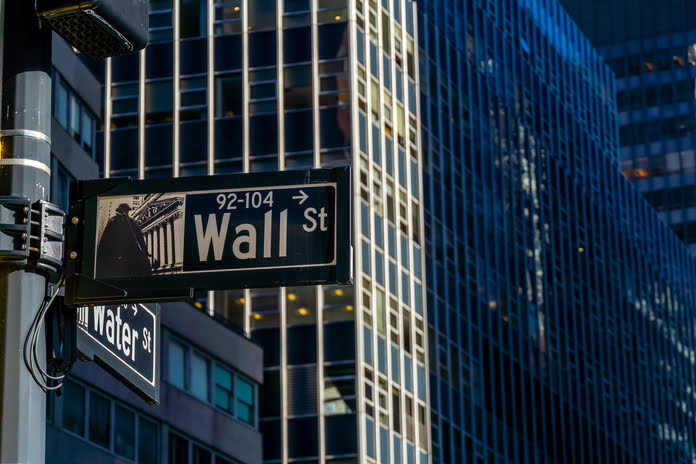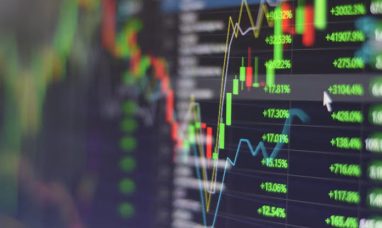The stock market witnessed a minor dip on Wall Street during early trading on Friday, responding to a recent government report indicating a slight rise in wholesale prices. This development suggests that the Federal Reserve’s efforts to control inflation may still be ongoing.
As of 10:04 a.m. Eastern time, the S&P 500 was down 0.1%, setting the stage for its second consecutive week of losses. The Dow Jones Industrial Average, on the other hand, was up by 57 points, equivalent to a 0.1% gain, reaching 35,146 points. Meanwhile, the Nasdaq composite experienced a 0.5% decline.
Prominent technology companies, including major players in the tech industry, were among the initial losers during this session. Chipmaker Advanced Micro Devices saw a 2% decrease.
The Labor Department’s report on Friday revealed that the producer price index, which measures inflation prior to affecting consumers, recorded a 0.8% increase last month in comparison to July 2022. This comes after June witnessed year-over-year growth of 0.2%, marking the smallest annual upswing since August 2020.
Quincy Krosby, Chief Global Strategist for LPL Financial, commented, “Not surprisingly, today’s report offers the hawkish wing of the Fed more ammunition to advocate for another rate hike before the Fed is convinced it’s reached its terminal rate.”
Bond yields followed an upward trajectory, with the two-year Treasury yield rising from 4.80% to 4.88% shortly after the release of the report. The two-year Treasury yield closely mirrors expectations for the Federal Reserve’s actions.
These wholesale price data findings follow Thursday’s release of the government’s consumer price index, which indicated a 3.2% year-over-year increase in U.S. consumer prices for July. This figure is slightly milder than the 3.3% inflation rate anticipated by economists and represents a significant drop from the peak of over 9% witnessed last summer. The underlying trends in inflation remained within the expected parameters.
Although inflation has moderated over the past year, it continues to surpass the Federal Reserve’s target level of 2%. The gradual decrease in the rate of price increases, combined with a robust job market, has prompted optimism regarding the potential for the Federal Reserve to successfully navigate a challenging scenario: increasing rates sufficiently to curb borrowing and contain inflation without triggering a painful recession.
This optimism has propelled the S&P 500 to a substantial 19.5% gain during the initial seven months of the year. Nonetheless, critics caution that Wall Street might have prematurely reached a consensus on the continuation of cooling inflation, the economy’s resilience against a recession, and the Federal Reserve’s conclusion of rate hikes within the current cycle.
The Federal Reserve has expressed its intention to base forthcoming rate decisions on data reports, especially those focusing on inflation and the job market. The main rate of the Federal Reserve is already at its highest level in over two decades.
The 10-year Treasury yield also experienced an increase, rising from 4.10% late Thursday to 4.14%. This yield significantly influences rates for essential loans such as mortgages.
In international stock markets, European indexes displayed declines, while Asian markets showed mixed performance.
Featured Image: Freepik @ f11photo
















